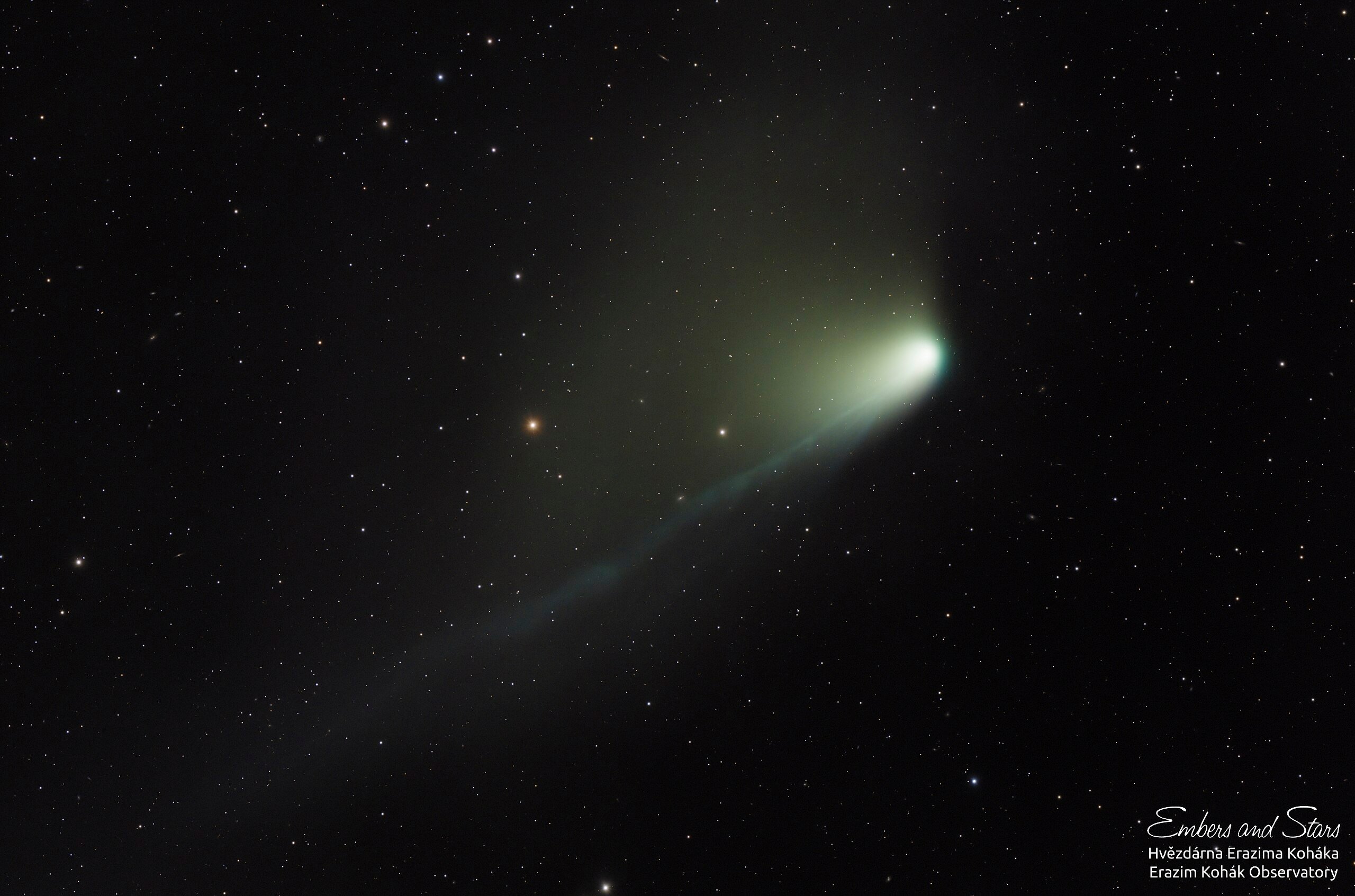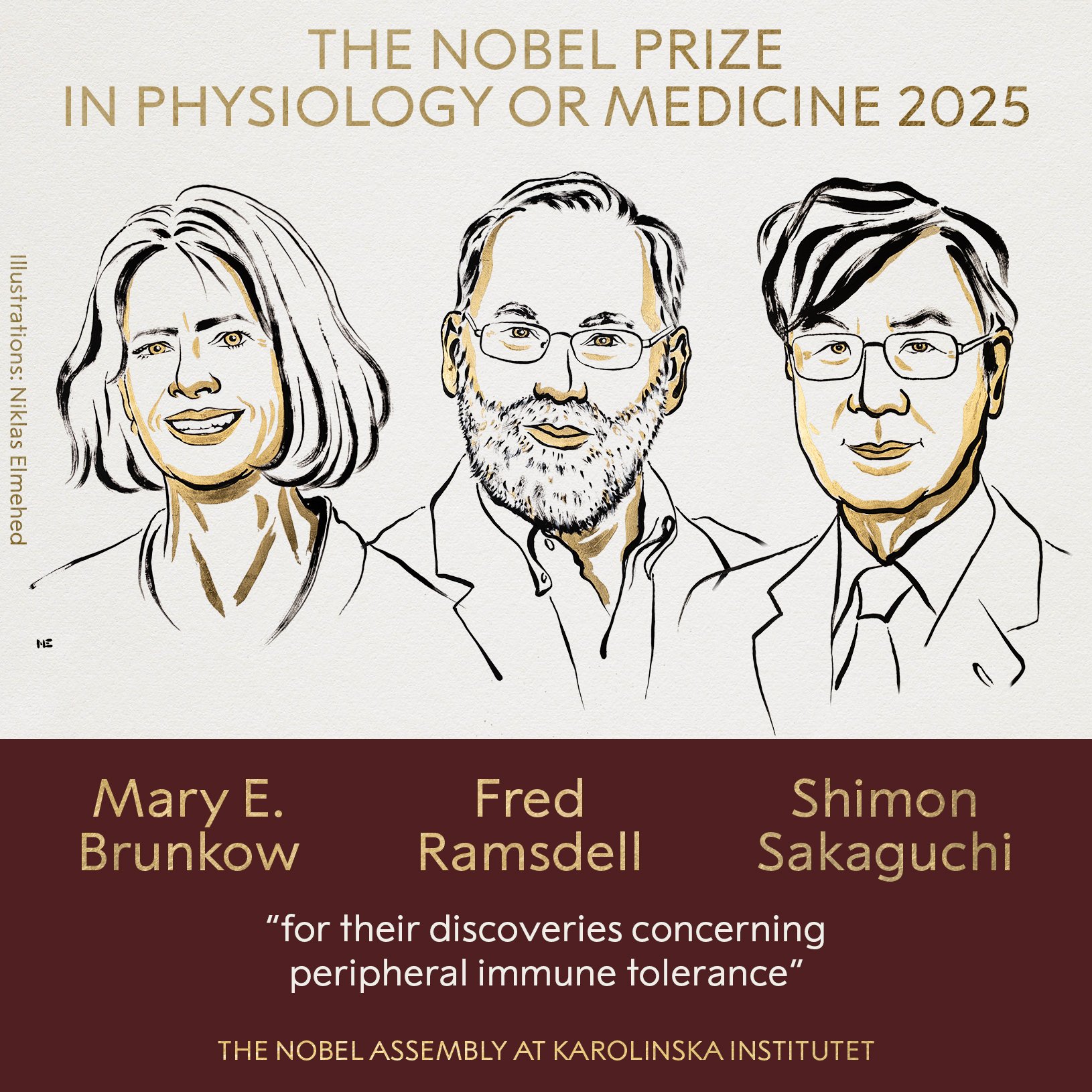According to current scientific theories, the universe has been constantly expanding since the Big Bang began its formation, and it does not look like it will stop anytime soon. Unfortunately, physics has not yet been able to fully explain what the expansion rate of the universe is; to contain, This problem was named ‘Hubble problem’ in memory of the American astronomer Edwin Powell Hubble.
The Hubble constant is responsible for measuring the speed at which galaxies are separating from each other. However, existing measurement methods provide conflicting results. While direct measurements use supernova data to calculate the velocity, indirect measurements use information from residual radiation from the Big Bang, also called cosmic microwave background radiation (CMB).
While initial measurement shows the expansion rate of the universe to be about 73 to 74 km/s/Mpc, indirect measurement suggests 67 to 68 km/s/Mpc — Mpc stands for megaparsec, a unit equivalent to one million parsecs, and each parsec is approximately 3.26 light years. Well, The methods reveal a significant difference of almost 10%, and scientists still cannot figure out which calculation is correct.
A new study shows that Albert Einstein’s teleparallel gravity hypothesis has the potential to solve the ‘Hubble problem’ and questions about the expansion of the universe. In the article published in the scientific journal Physics of the Dark Universe, cosmologist and main author Celia Escamilla Rivera of the Universidad Nacional Autónoma de México Institute of Nuclear Sciences states that the Hubble tension goes beyond the theory of general relativity.
“Using gravitational models and new cosmological data sets that go beyond general relativity, we discovered that: [observações de quasares distantes] We can confront the Hubble voltage and dark energy problem on a local scale. Using numerical and computational methods, we carried out analyzes using different models proposed in ‘teleparallel gravity’ tested with two different cosmological samples measuring distances in the local universe,” Rivera explains.
What is teleparallel gravity
Although the theory of teleparallel gravity, also called teleparallelism, deals with concepts introduced by Albert Einstein, he was not the only one who formulated it. The German physicist’s concepts are extremely important to the hypothesis, but many contributions have been received from other scientists over the years.
The conjecture uses torsionally formulations of the equations to describe gravity; The idea is that in the theory of teleparallel gravity, spacetime is a curve-free linear connection that cooperates with the metric tensor field of the universe. In a few words, It is a theory that aims to reformulate the concept of gravity with the idea of torsion instead of curvature, as in general relativity.
According to the researchers of the new paper, teleparallel gravity theory has begun to receive more attention in recent years; because some experts believe that this theory can solve the cosmological problem including the ‘Hubble problem’. To test this hypothesis, the team’s scientists used data collected from quasars, galactic nuclei powered by supermassive black holes.
“For a broader audience, this is interesting because we are testing alternative proposals to general relativity to better understand the universe, and for experts in the field, this is a state-of-the-art update on certain models at teleparallel Gravity, which also uses samples of relatively young quasars at high redshifts.” adds Rivera.
The research used computational models and numerical methods to analyze the validity of teleparallelism. According to researchers andThey are investigating this issue because perhaps teleparallel gravity theory might be a better alternative to explain the rate of expansion of the universe..
In any case, it is important to emphasize that the article is simply trying to understand whether the theory of teleparallel gravity can be used to offer further explanations about the universe. This discovery could help revolutionize modern astronomy if it provides positive, definitive and definitive results in the near future.
Did you like the content? So, stay updated with more curiosities about physics and astronomy at TecMundo. If you wish, take the opportunity to find out whether there was anything before the Big Bang.
Source: Tec Mundo
I’m Blaine Morgan, an experienced journalist and writer with over 8 years of experience in the tech industry. My expertise lies in writing about technology news and trends, covering everything from cutting-edge gadgets to emerging software developments. I’ve written for several leading publications including Gadget Onus where I am an author.












